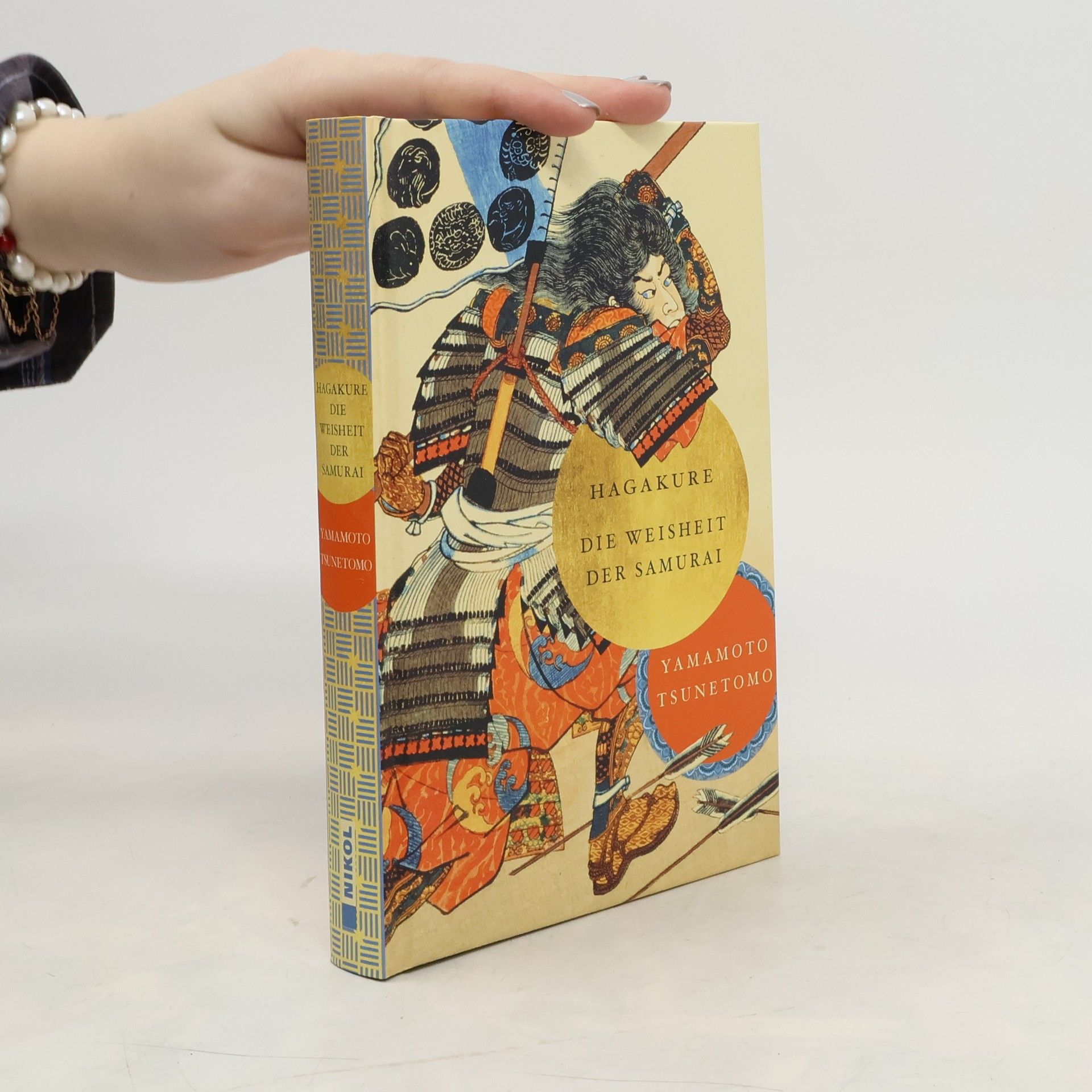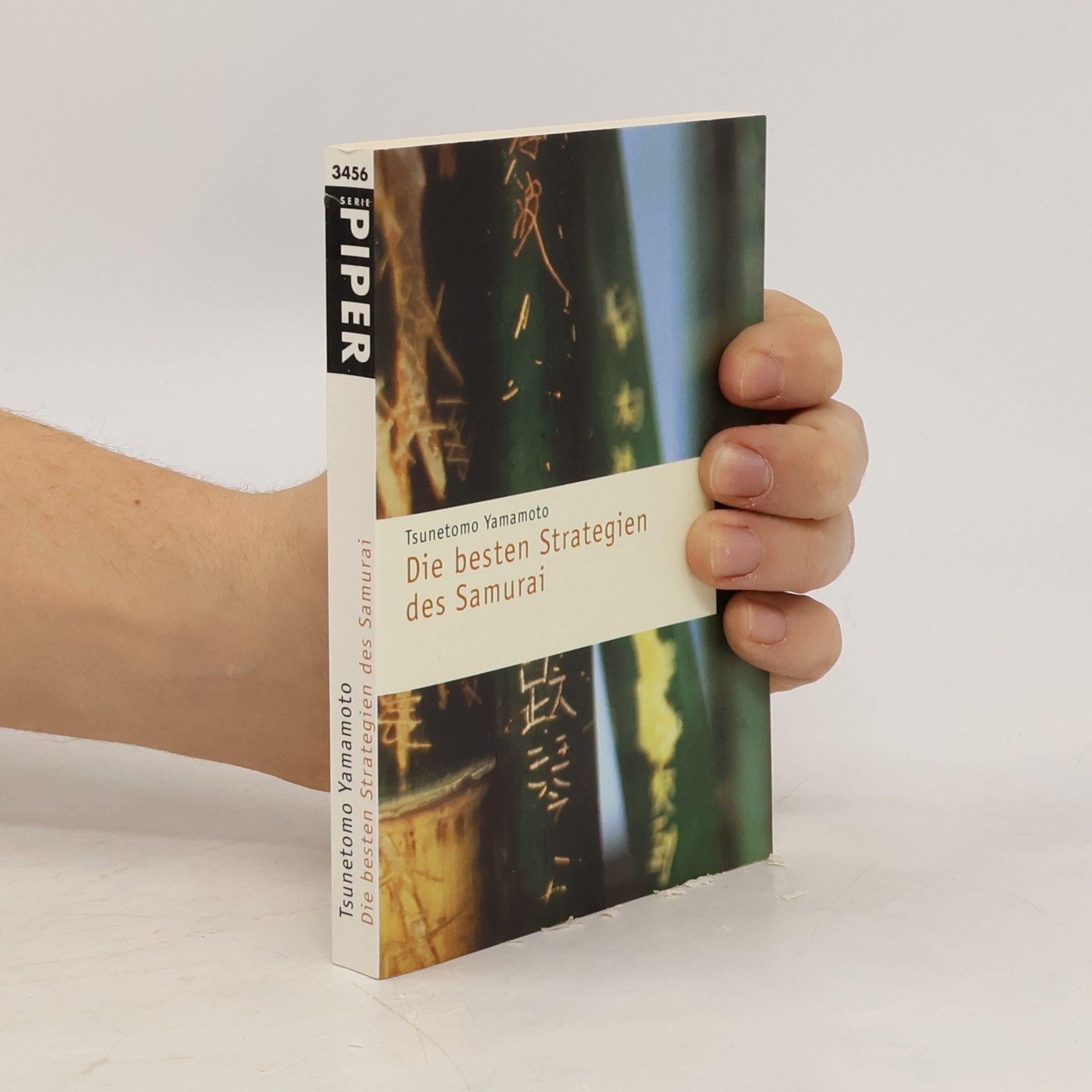Hagakure ("In the Shadow of Leaves"') is a manual for the samurai classes consisting of a series of short anecdotes and reflections that give both insight and instruction--in the philosophy and code of behavior that foster the true spirit of Bushido--the Way of the Warrior. It is not a book of philosophy as most would understand the word: it is a collection of thoughts and sayings recorded over a period of seven years, and as such covers a wide variety of subjects, often in no particular sequence. The work represents an attitude far removed from our modern pragmatism and materialism, and posesses an intuitive rather than rational appeal in its assertion that Bushido is a Way of Dying, and that only a samurai retainer prepared and willing to die at any moment can be totally true to his lord. While Hagakure was for many years a secret text known only to the warrior vassals of the Hizen fief to which the author belonged, it later came to be recognized as a classic exposition of samurai thought and came to influence many subsequent generations, including Yukio Mishima. (Text refers to a previous edition)
Tsunetomo Yamamoto Livres
La vie de Yamamoto Tsunetomo fut dédiée au service et, après le décès de son seigneur, à la retraite spirituelle. Il partagea ses profondes réflexions avec un autre samouraï, qui furent compilées dans l'œuvre influente Hagakure. Tsunetomo croyait que l'acceptation du concept de mort dans la pensée cultivait un état d'être supérieur, caractérisé par la beauté et la grâce, transcendant la simple autoprotection.
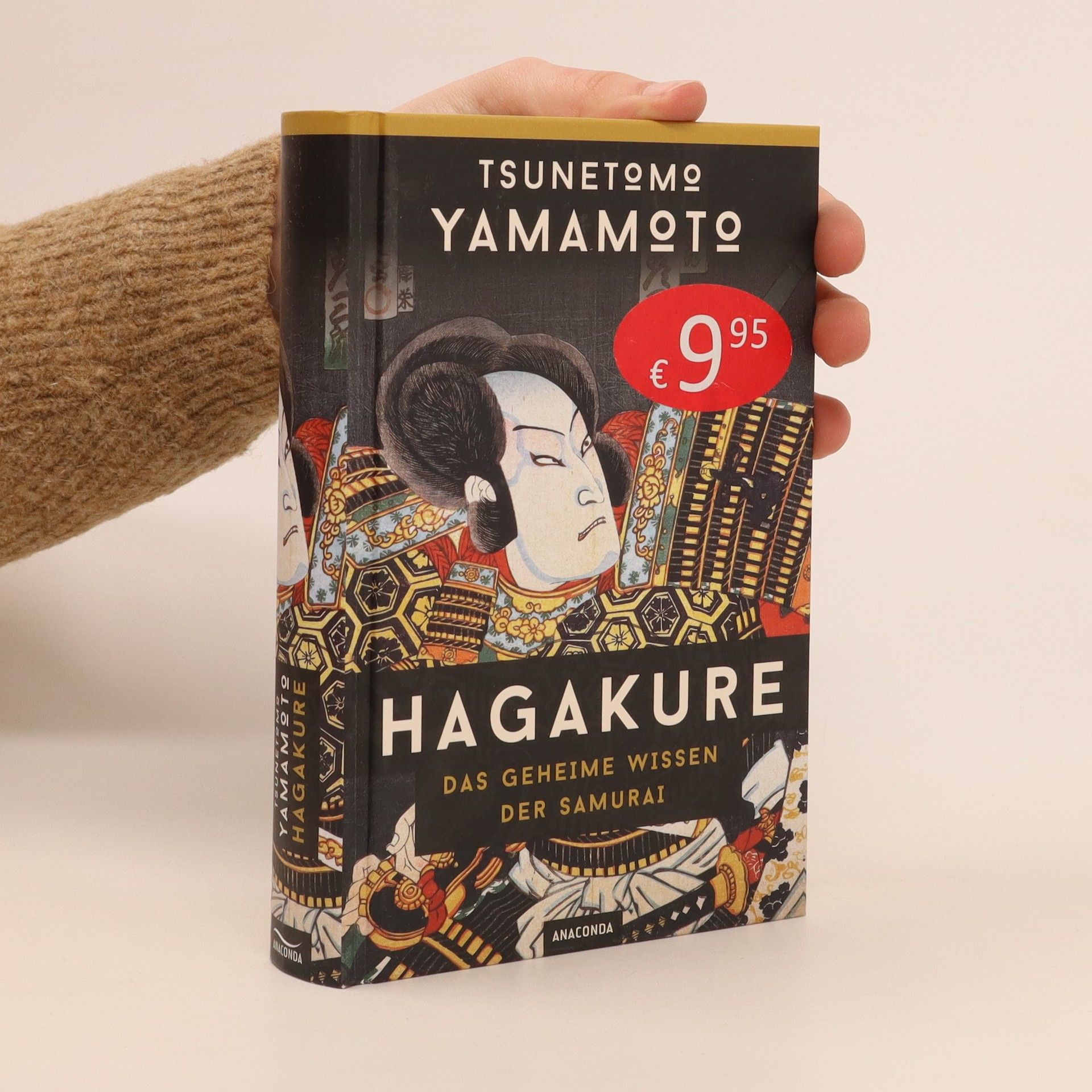
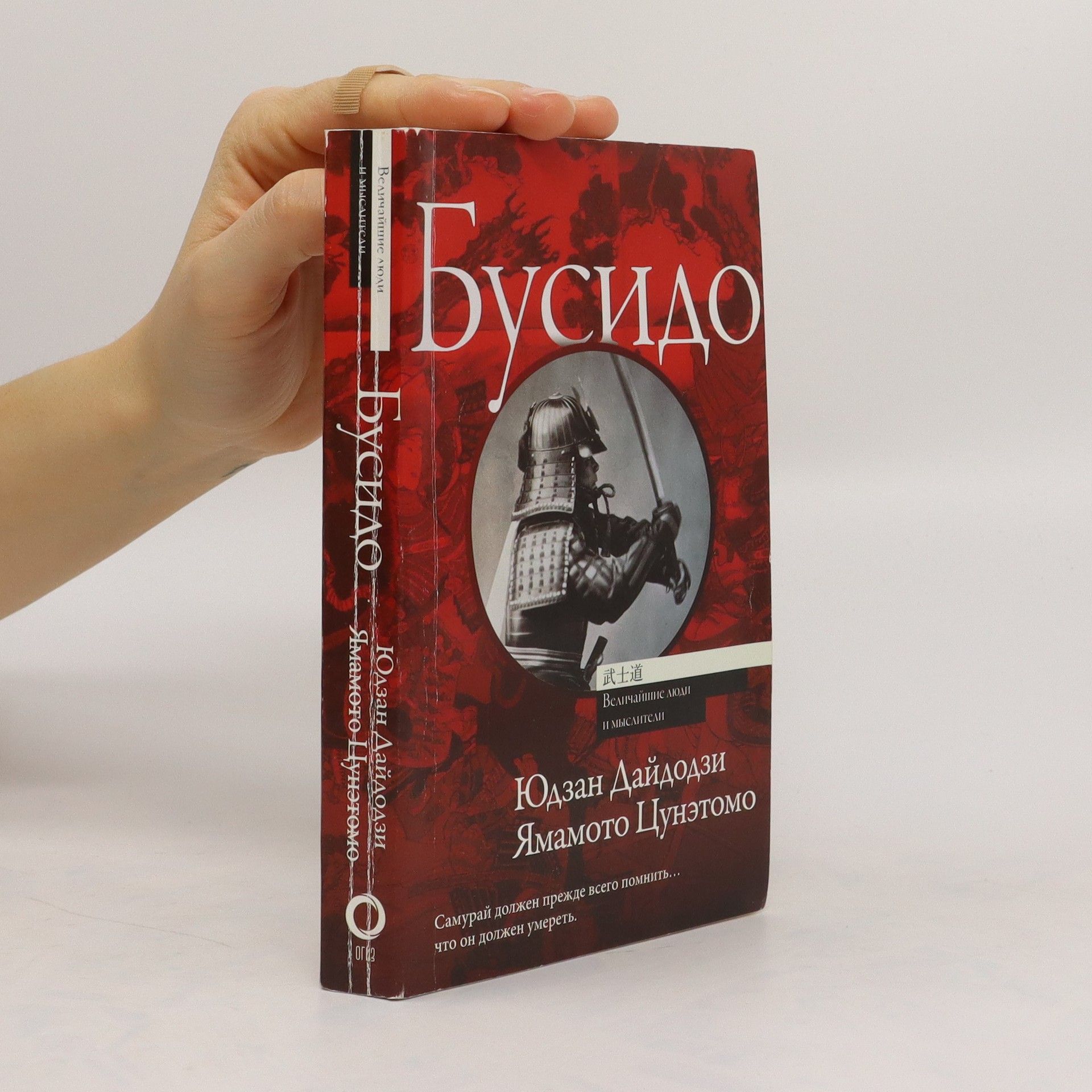
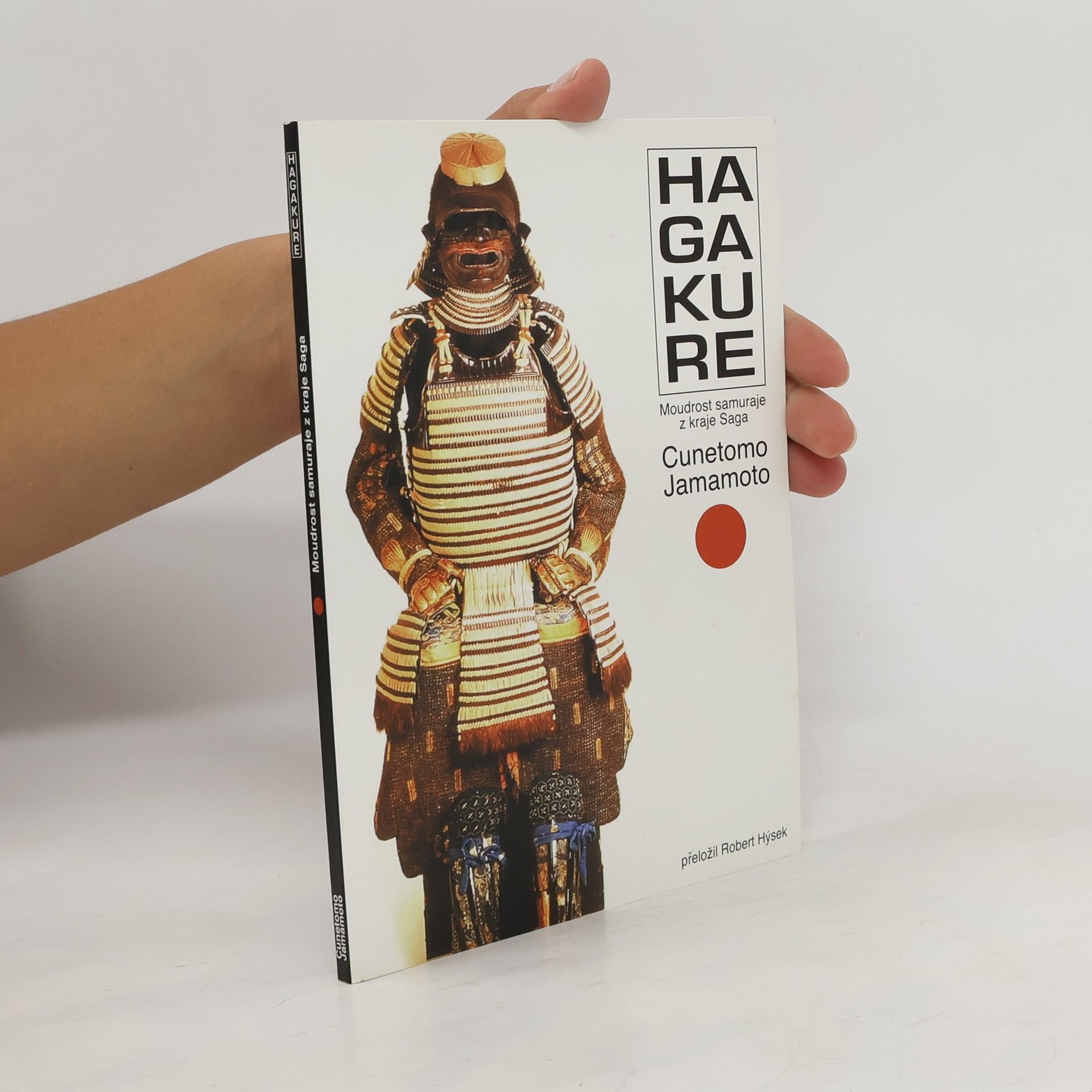

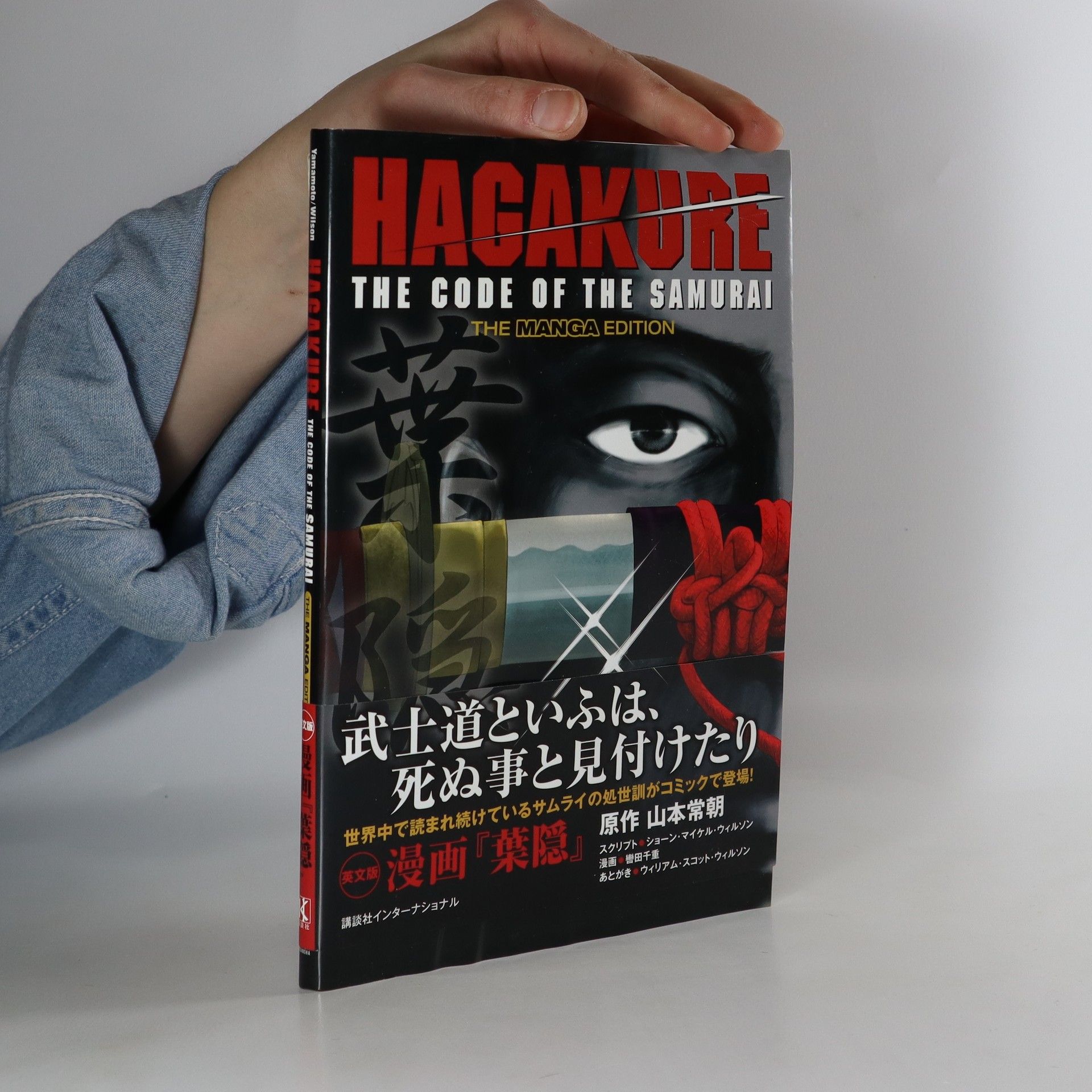
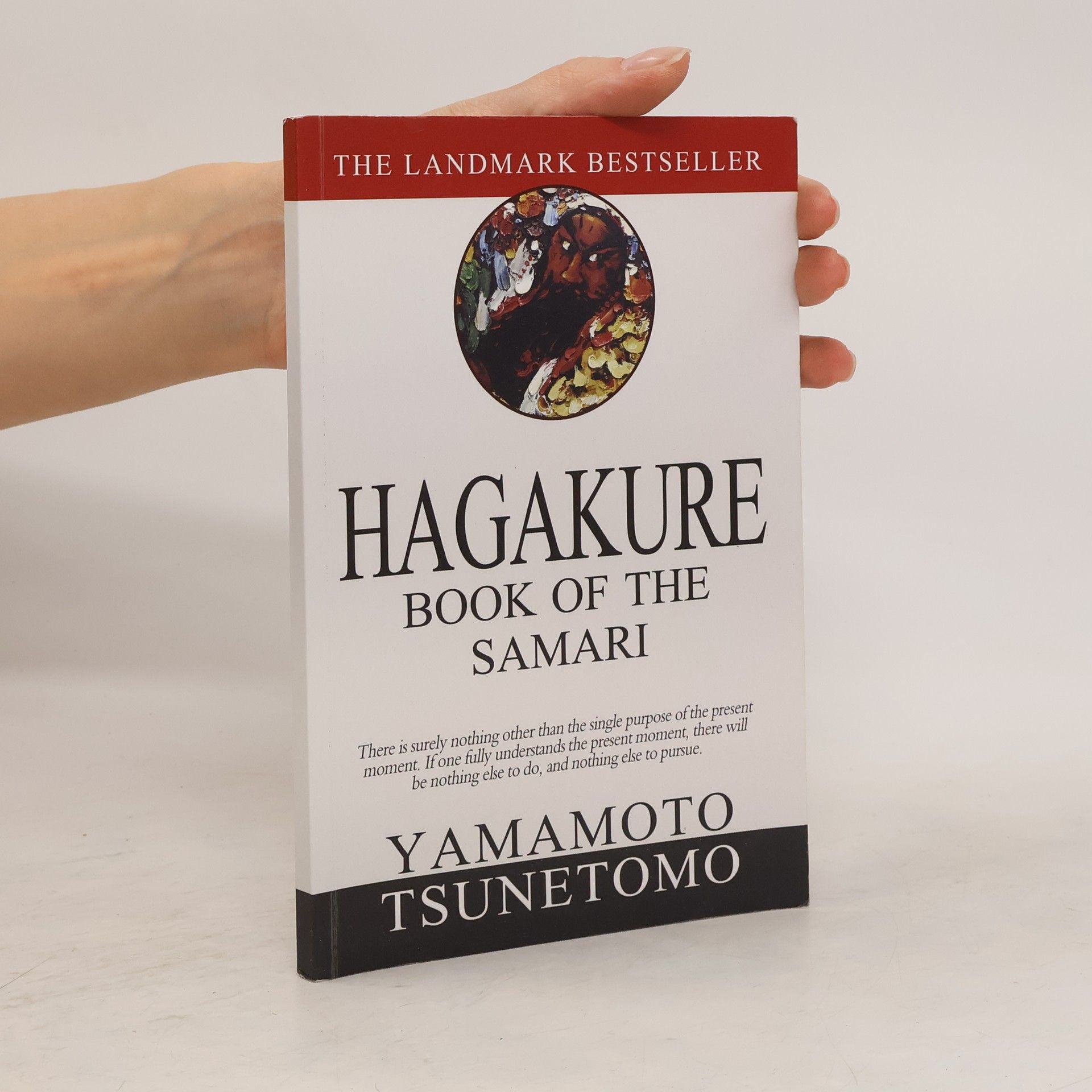
Hagakure
- 144pages
- 6 heures de lecture
The seminal treatise on the code of the samurai--now available as a Shambhala Pocket Classic. Hagakure is a treatise on the samurai code written by Yamamoto Tsunetomo, an eighteenth-century samurai. It's a guide, organized as a loose collection of thoughts, on how samurai should conduct themselves. This philosophy--bushido, or "the way of the samurai"--is, according to Tsunetomo, essentially a Way of death or dying. This embracing of death with honor and courage is the core theme of Hagakure--and part of its allure. This edition, translated by the esteemed translator William Scott Wilson, is considered the definitive version of this classic. No other translator has so thoroughly and eruditely rendered this text into English. Wilson's introduction casts Hagakure in a different light than ever before. In Tsunetomo's time, the Way of death was a nuanced concept that related heavily to the Zen idea of the death of the ego. Wilson's introduction gives the historical and philosophical background for that more metaphorical reading of Hagakure, and through this lens, the classic takes on a fresh and nuanced appeal.
Bushido : the way of the samurai
- 109pages
- 4 heures de lecture
Presents a translation of Tsunetomo Yamamoto's "Hagakure," which formed the basis of behavior, values, and etiquette for samurai warriors.
Hagakure. Moudrost samuraje z kraje Saga
- 103pages
- 4 heures de lecture
Hagakure (skrytý v listí) je text, který vznikl na začátku 18. století v Japonsku.Text nadiktoval samuraj Cunemoto Jamamoto jako reflexi budhistickeho mnicha, kterým se stal po smrti představeného klanu Nabešima. Myšlenkový základ pro filosofii Hagakure tvoří Cunetomovo studium názorů dvou učenců. Prvním byl zenbuddhistický kněz Tannen, člověk nezlomných zásad a vůle, jenž se vzdal funkce hlavního kněze ve významném chrámu rodu Nabešima na protest proti rozsudku smrti nad jedním knězem. Dalším člověkem, který měl v tomto i pozdějším období na Cunetoma zásadní vliv, byl konfuciánský učenec Ittei Išida, jenž v kraji Saga proslul svou upřímností a zásadovostí.
Das »Hagakure« ist einer der einflussreichsten japanischen Texte überhaupt. Vor über 300 Jahren diktierte Tsunetomo Yamamoto seinen Schülern diese Lektionen, um den Ehrenkodex und die Kultur der Samurai hochzuhalten. Auf seiner Überlieferung des »Bushido« beruht der Großteil unseres Verständnisses dieser alten Kriegerkultur. Diese Ausgabe enthält die ersten beiden Bücher vollständig und ausgewählte Auszüge aus dem dritten Buch. Zahlreiche Erläuterungen machen den Originaltext leicht zugänglich. Der essenzielle Begleiter für Kampfsport-Enthusiasten und jeden, der vom alten Japan fasziniert ist.
Hagakure
Die Weisheiten der Samurai
Entstanden zu Beginn des 18. Jahrhunderts, erfreut sich das Hagakure des Yamamoto Tsunetomo auch heute noch großer Beliebtheit. Das Hagakure ist kein Ehrenkodex, sondern eine Sammlung an Lebensweisheiten und Aufzeichnungen. In kurzen Lektionen vermittelt das Buch Verhaltenshinweise für Krieger, Hinrichtungen und Schlachten genauso wie Heilanweisungen oder Anleitungen zur Kindererziehung.
Unbekannte Samurai-Texte, die im deutschen Sprachraum noch nicht bekannt sind.
